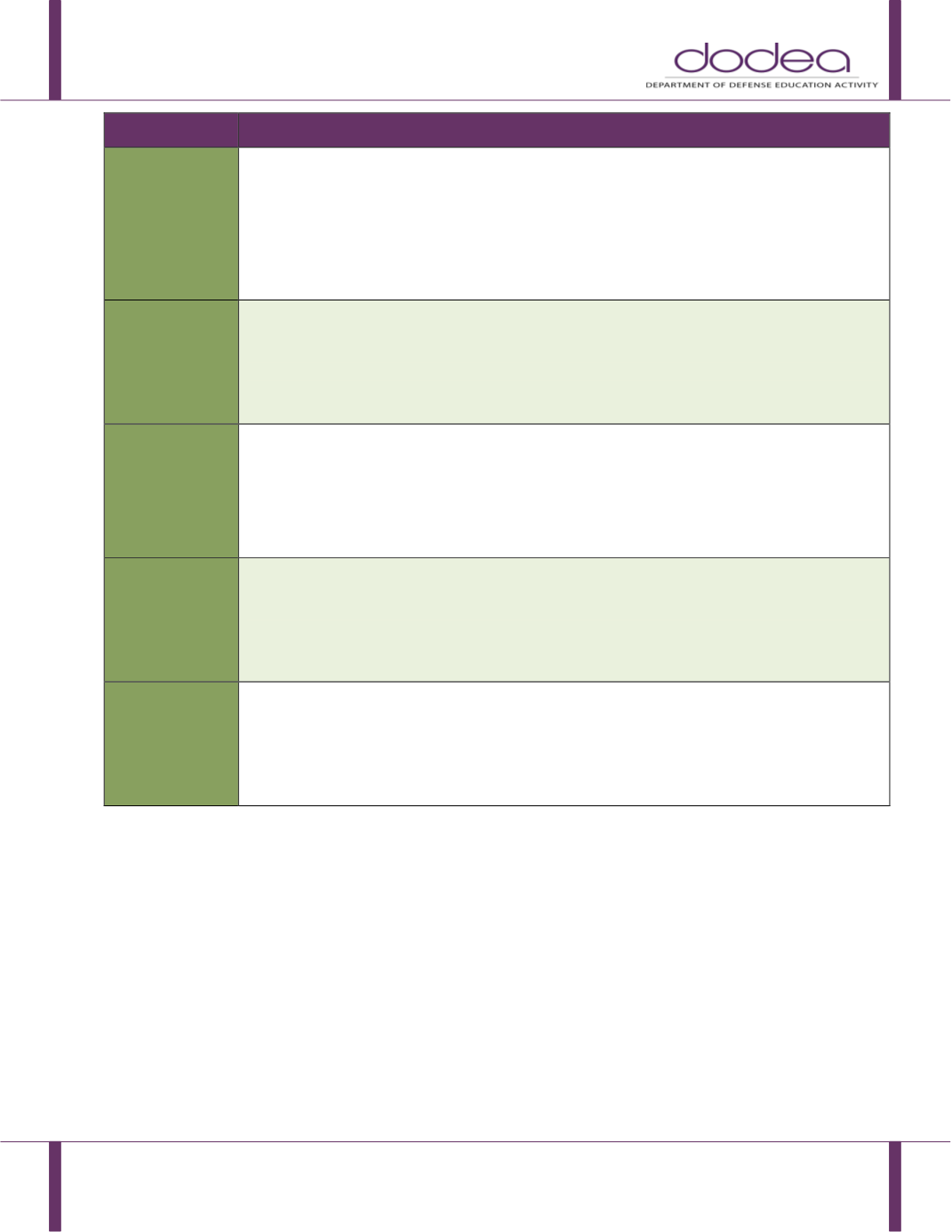

1342.12 Companion
July 12, 2017
Page 65
DISABILITY
DESCRIPTION
SPECIFIC
LEARNING
DISABILITY
A disorder in one or more of the basic psychological processes involved in understanding or in using
spoken or written language that may manifest itself as an imperfect ability to listen, think, speak,
read, write, spell, remember, or do mathematical calculations. This term includes such conditions
as, recognizing that they may have been otherwise labeled with terms such as perceptual
disabilities, brain injury, minimal brain dysfunction, dyslexia, and developmental aphasia. This term
does not include learning problems that are primarily the result of visual, hearing, or motor
disabilities; intellectual disability; emotional disturbance; or environmental, cultural, or economic
differences.
SPEECH
LANGUAGE
IMPAIRMENT
A communication disorder such as stuttering; impaired articulation; limited, impaired or delayed
capacity to use expressive and/or receptive language; or a voice impairment that adversely affects a
child’s educational performance.
TRAUMATIC
BRAIN INJURY
An acquired injury to the brain caused by an external physical force resulting in total or partial
functional disability or psychosocial impairment (or both) that adversely affects educational
performance. Includes open or closed head injuries resulting in impairments in one or more areas
including cognition, language, memory, attention, reasoning, abstract thinking, judgment, problem
solving, sensory, perceptual and motor abilities, psychosocial behavior, physical function,
information processing, and speech. The term does not include brain injuries that are congenital or
degenerative or brain injuries that are induced by birth trauma.
VISUAL
IMPAIRMENT,
INCLUDING
BLINDNESS
An impairment of vision that, even with correction, adversely affects a student’s educational
performance. Term includes both partial sight and blindness.
MULTIPLE
DISABILITIES
Concomitant impairments (such as intellectual disability-blindness or intellectual disability-
orthopedic impairment), the combination of which causes such severe educational needs that they
cannot be accommodated in special education programs solely for one of the impairments.
Multiple disabilities do not include deaf-blindness, which is set forth as its own type of disability.


















